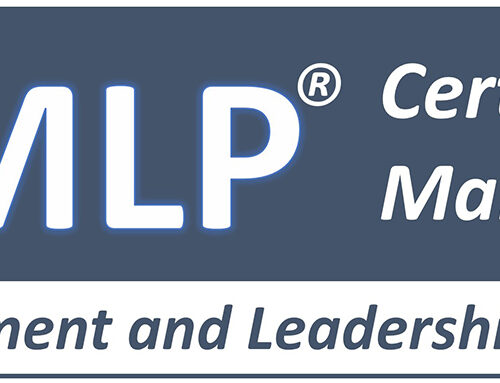This post was first published in my “Driving IT Productivity” column on CIO.com and has been updated from its original form.
Like data, corporate knowledge is created, stored, distributed and consumed. Unlike data, however, it can also be easily lost. This lost knowledge is caused by multiple factors, including:
- Retiring IT staff
- Employee attrition
- Temporary contractors moving on to other assignments
- Vendors completing their software development engagement and moving on to new clients
- Employees with technical skills moving into non-technical roles, causing their technical ability to diminish
Preventing knowledge loss within IT has three primary steps; Creation, Retention and Distribution.
Knowledge creation comes from two primarily sources, mental and physical. Mental knowledge is generated via ongoing employee experiences, formal/informal training, innovation-related activities and through the implementation of new software, processes, and methodologies. Physical knowledge are the artifacts created by employees as part of their jobs. These include internally-built software, written documents, and formalized internal procedures.
Physical knowledge has the potential to be used by the company long after the employee or contractor has left the scene. The retention of mental knowledge, however, is much more elusive. The issue with this mental knowledge, often referred to as “corporate knowledge”, is that it’s embodied in people. As a result, it can easily fall prey to human frailties, employee career choices and non-work related decision criteria.
This raises the question of how to retain this corporate knowledge when employees, contractors, vendors and others exit the corporate nest.
The following activities retain human-based knowledge.
- Implementation of expertise as seen in software, processes, policies, system architectures, database designs, and other work artifacts
- Documentation describing the usage, structure and maintenance of work artifacts
- Task video libraries
- Internal discussion board and wikis
- Procedural manuals
- Recorded internal instructional webinars
- Creation of corporate wisdom
When looking at the above list, the term “corporate wisdom” refers to unwritten, widely distributed and generally agreed upon knowledge, processes, values and best practices. The reason I consider this to be knowledge retention, even though it is only contained within the minds of humans, is because it’s so widely known that its memory within the firm is virtually guaranteed.
The following activities can help you distribute human-based retained knowledge.
- Employee Onboarding
- Cross training
- Internal coaching and mentorship programs.
- Brown bag lunch presentations
- Job rotation
- Job shadowing
- Mastermind groups
From the above list this is another potential term you may not be familiar with. “Mastermind groups” are small groups of four to six people within a similar profession, for example, java programming, business analysis or computer help desk. The group meets approximately once a month based on schedule for two to three hours, based on the number of people within the group. The format of the meeting is that each person has thirty minutes dedicated to him/her. This time can be used to receive help working out a specific technical issue, career advice, or any other appropriate business topic. If a person doesn’t have a particular need at that time, he/she can forfeit their turn, thus allowing more time to those with more pressing issues. Alternatively, they could use their time to teach the group about a new technology, best practice or another appropriate subject.
There must also be a plan to distribute physically retained knowledge. The reason is that far too often documentation, written instructions, and other important work artifacts are either forgotten or stored in physical and digital locations where they can never be found again. Thus, even if they do exist, they are effectively worthless. Consider the difference between a blender used to mix drinks and the disposal in your sink. They are both designed to receive big objects and grind them up. The difference is that with a blender you can retrieve the contents. With the disposal, the food is non-retrievable and gone forever. This is the conceptual difference between a well-designed and active document repository and one that is not. The morale of this short analogy is that just saving your work artifacts is not enough, they must be easily found, easily retrieved, and properly marketed so all employees know that it exists.
These three steps (Knowledge Creation, Knowledge Retention and Knowledge Distribution), if properly designed and implemented, help maximize IT productivity by allowing your team to continually take advantage of the knowledge of former employees rather than having to continually reinvent the wheel.





